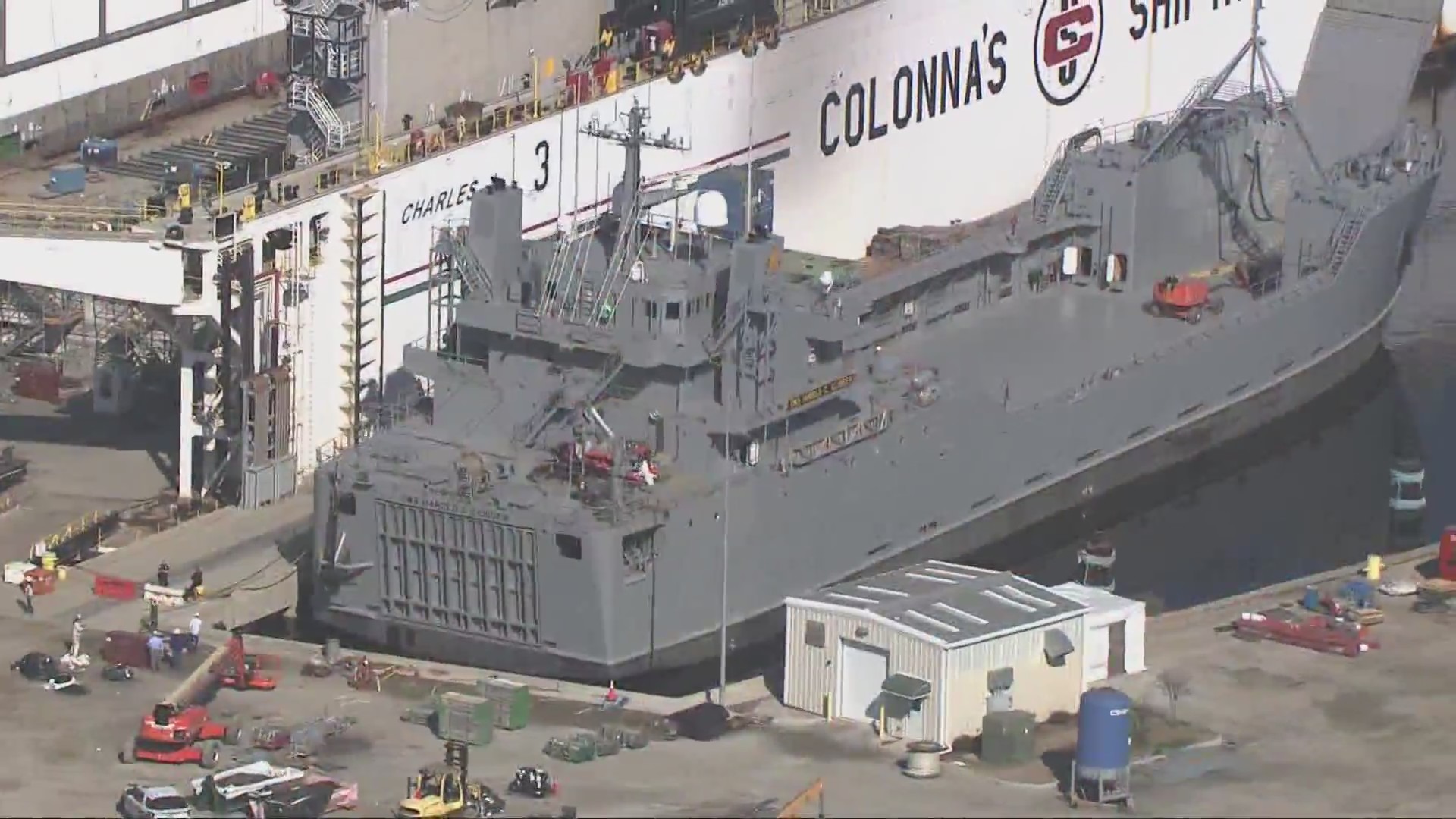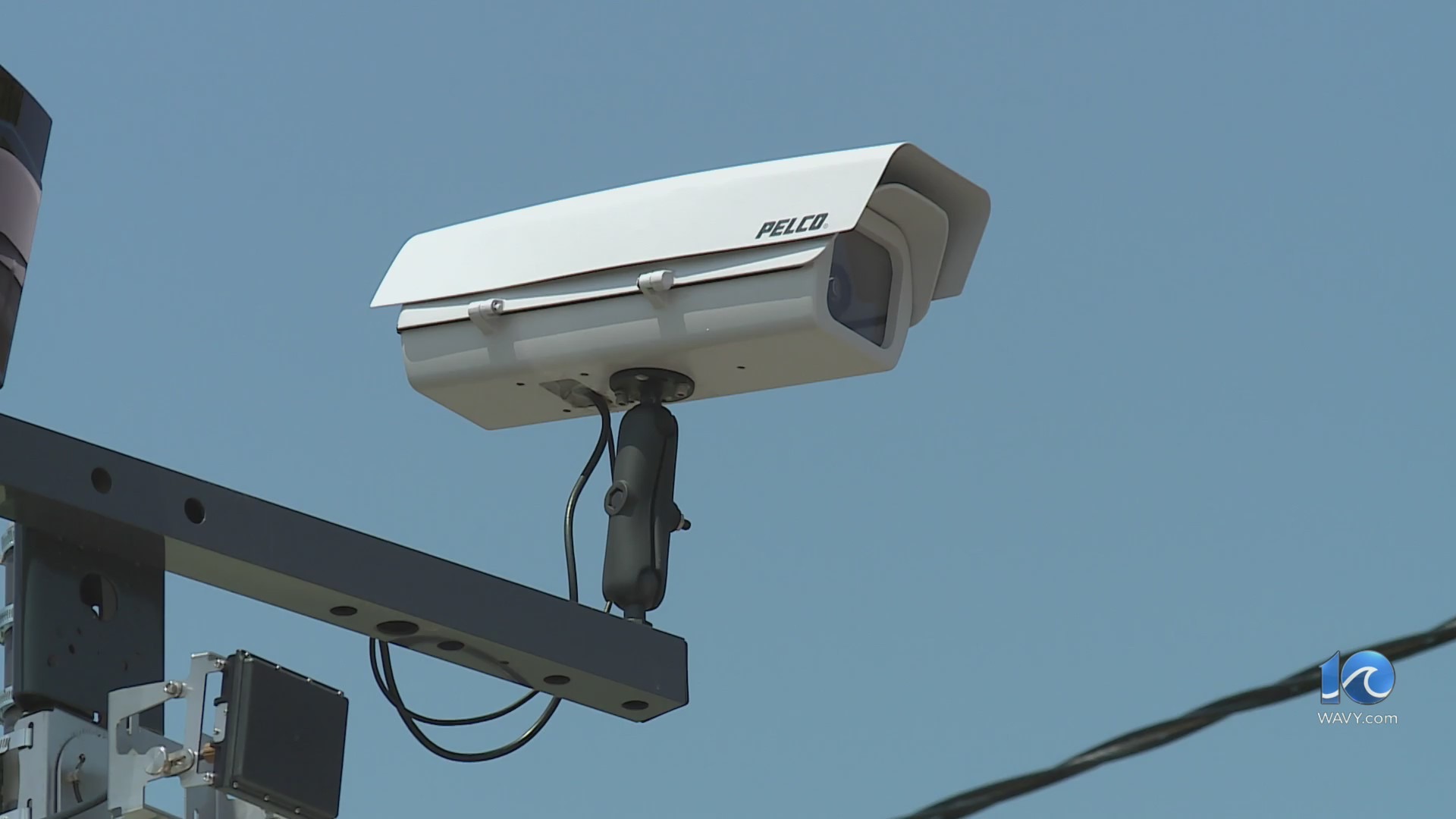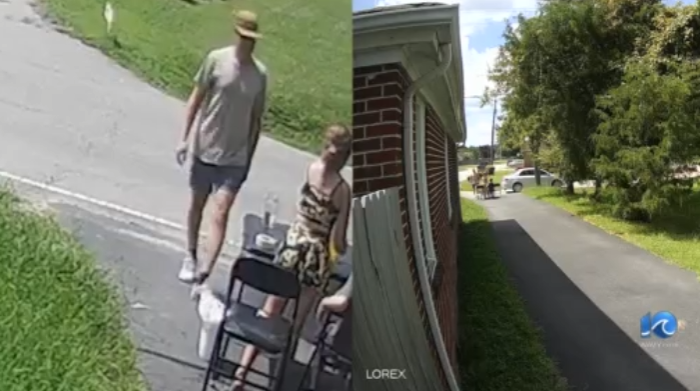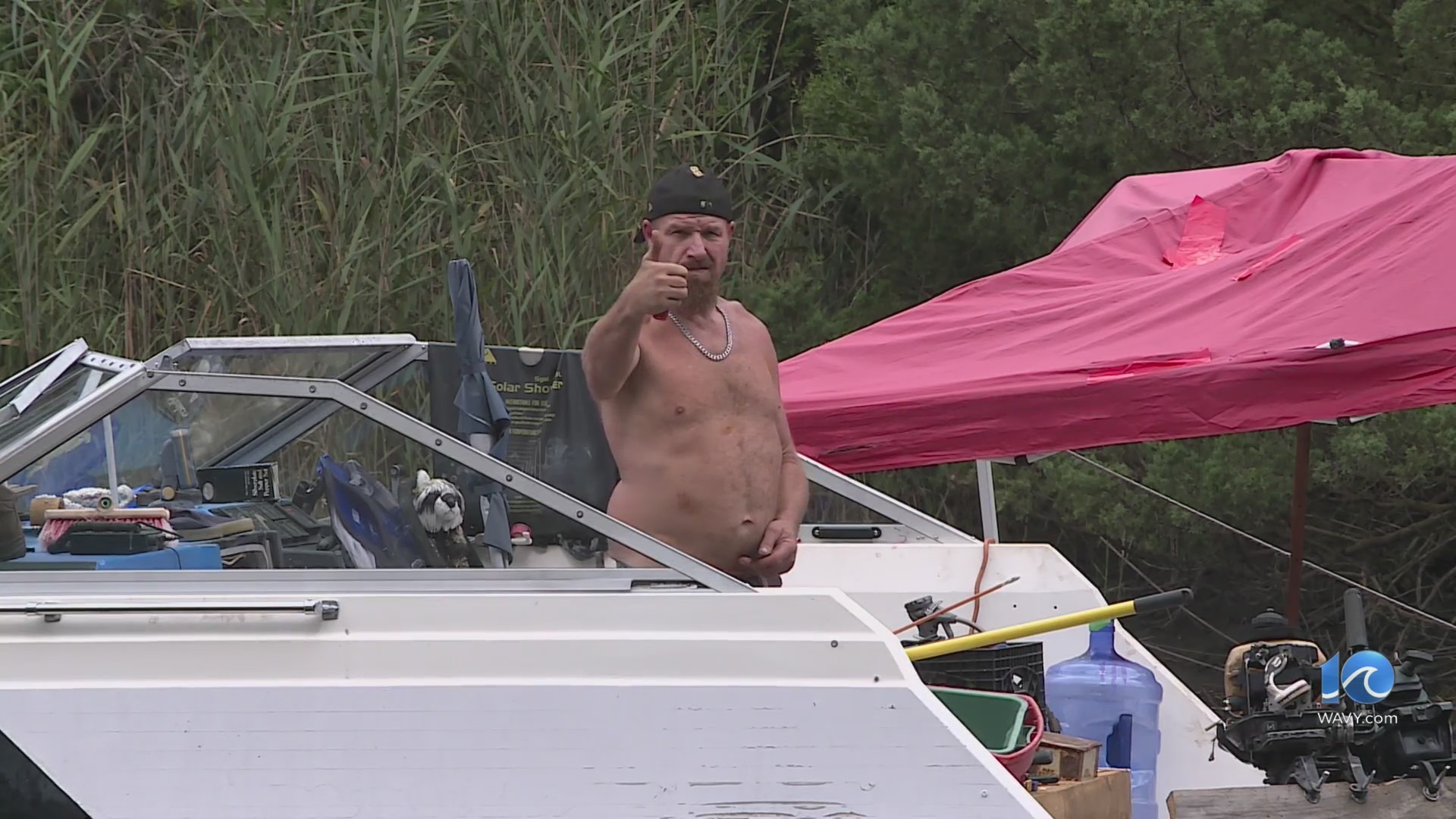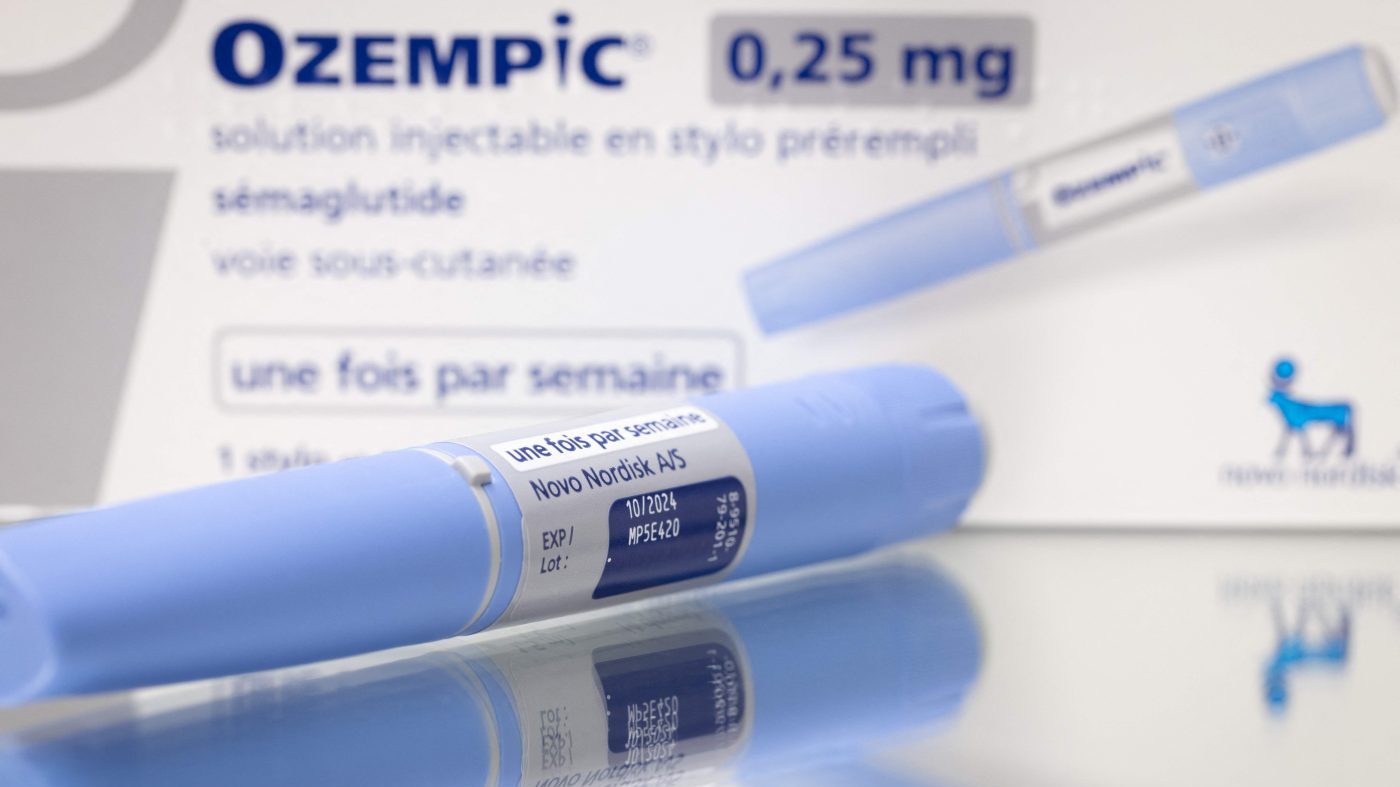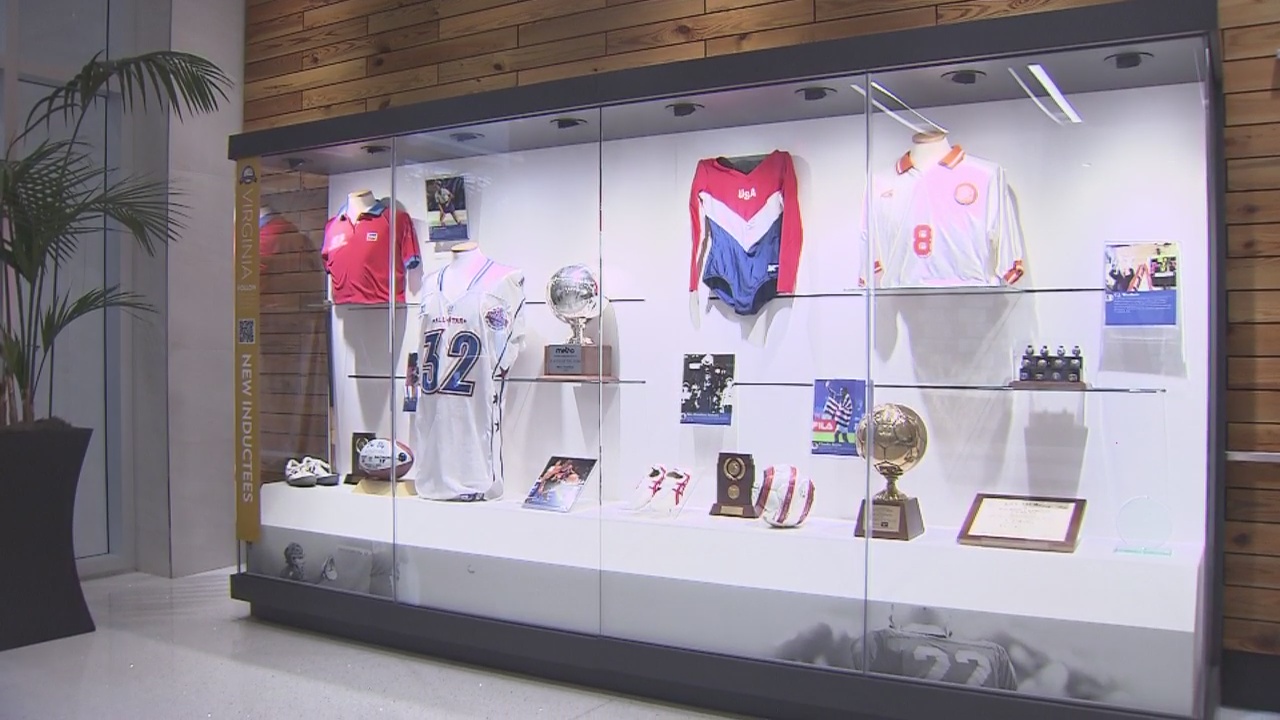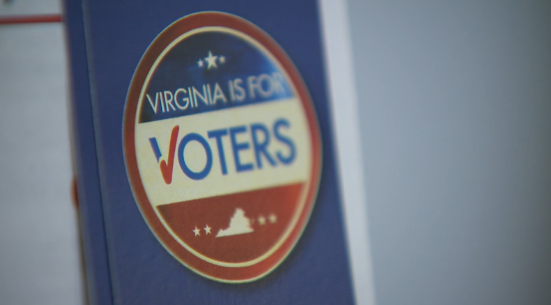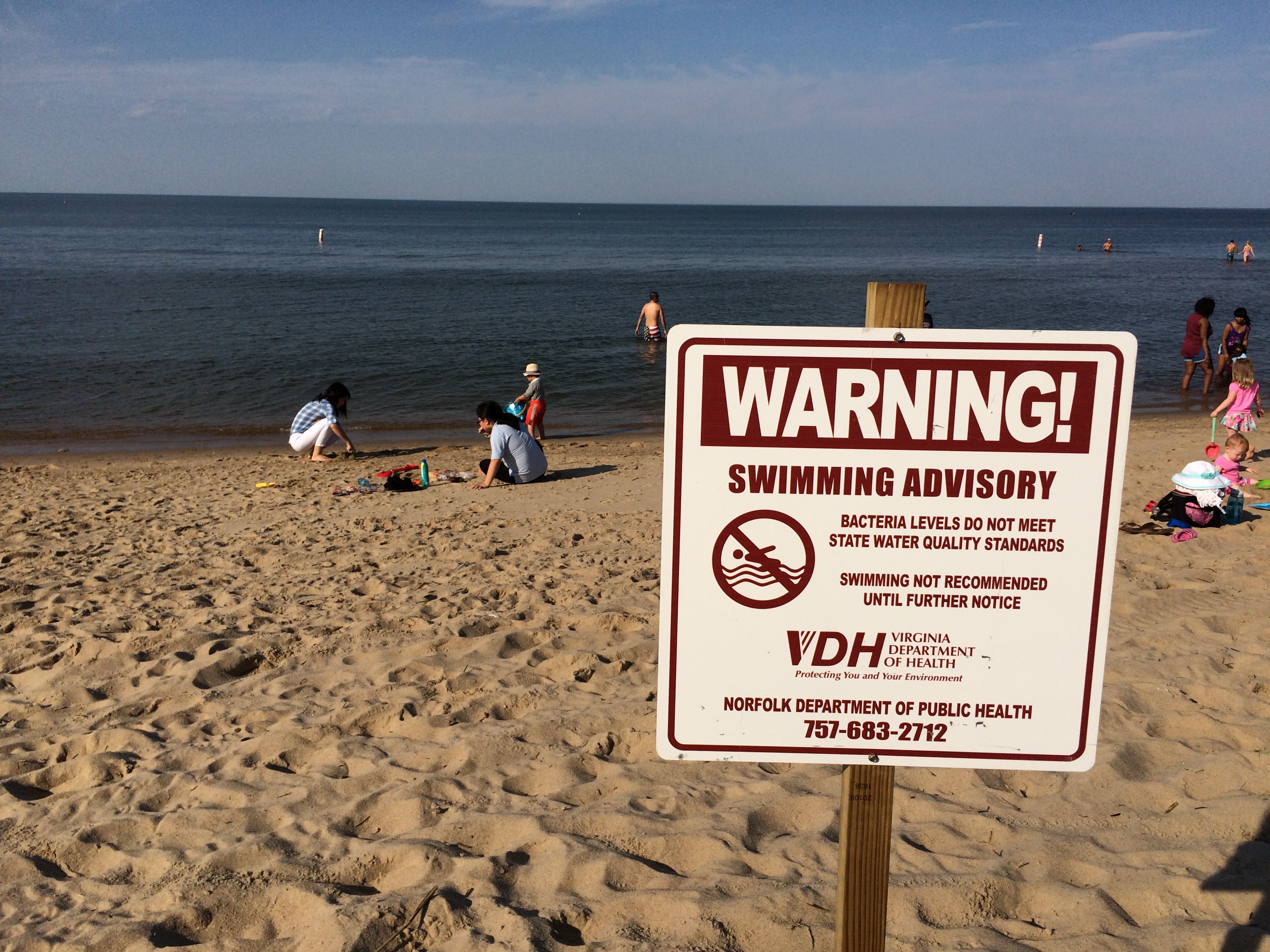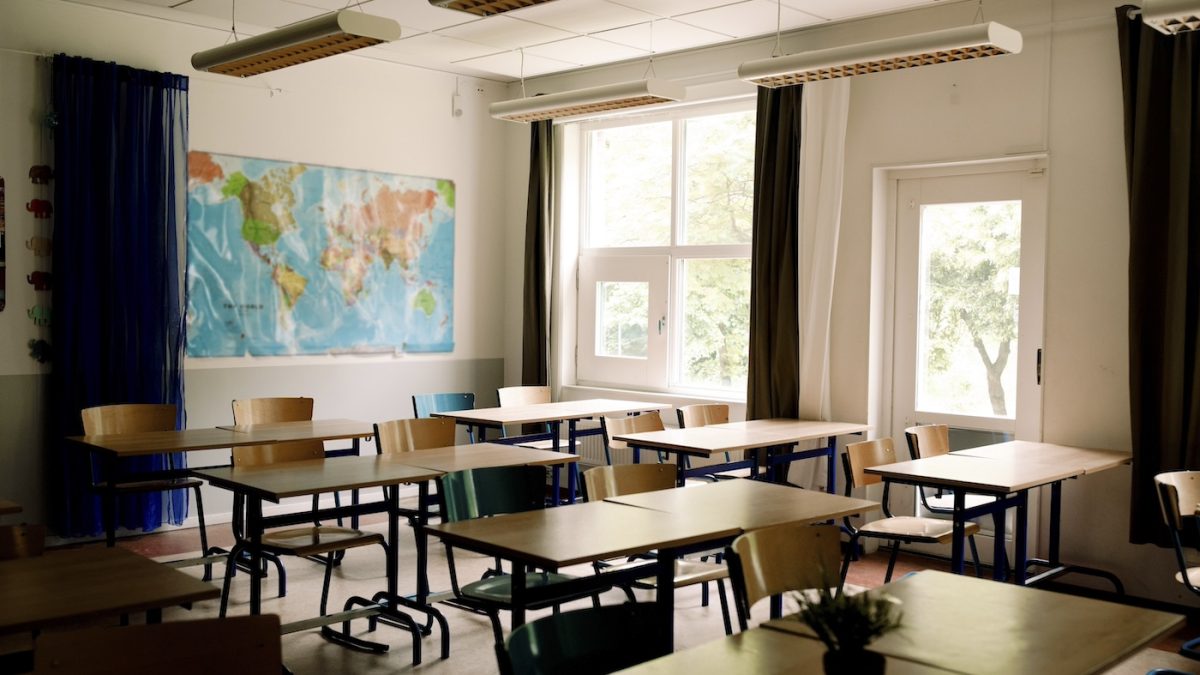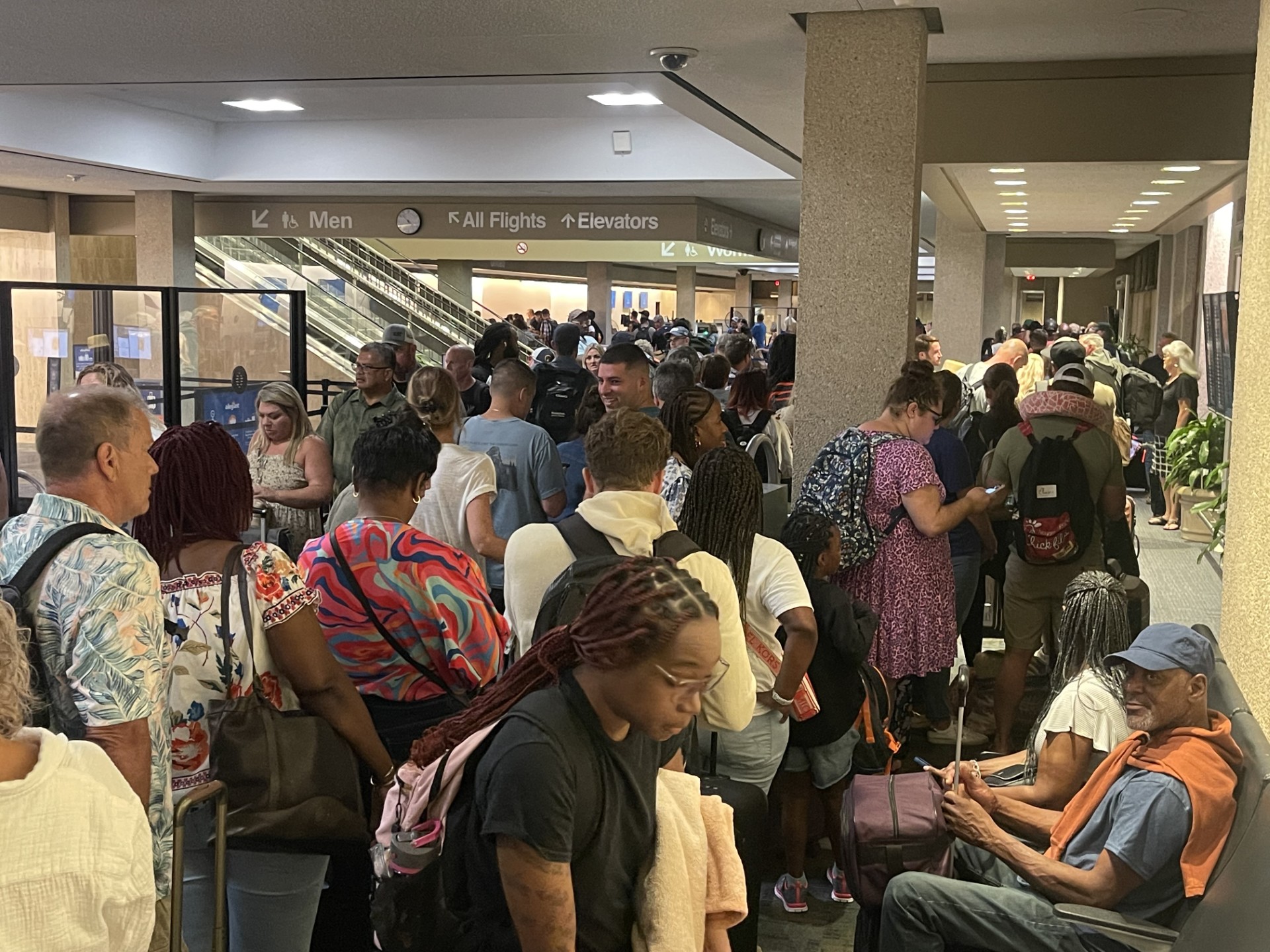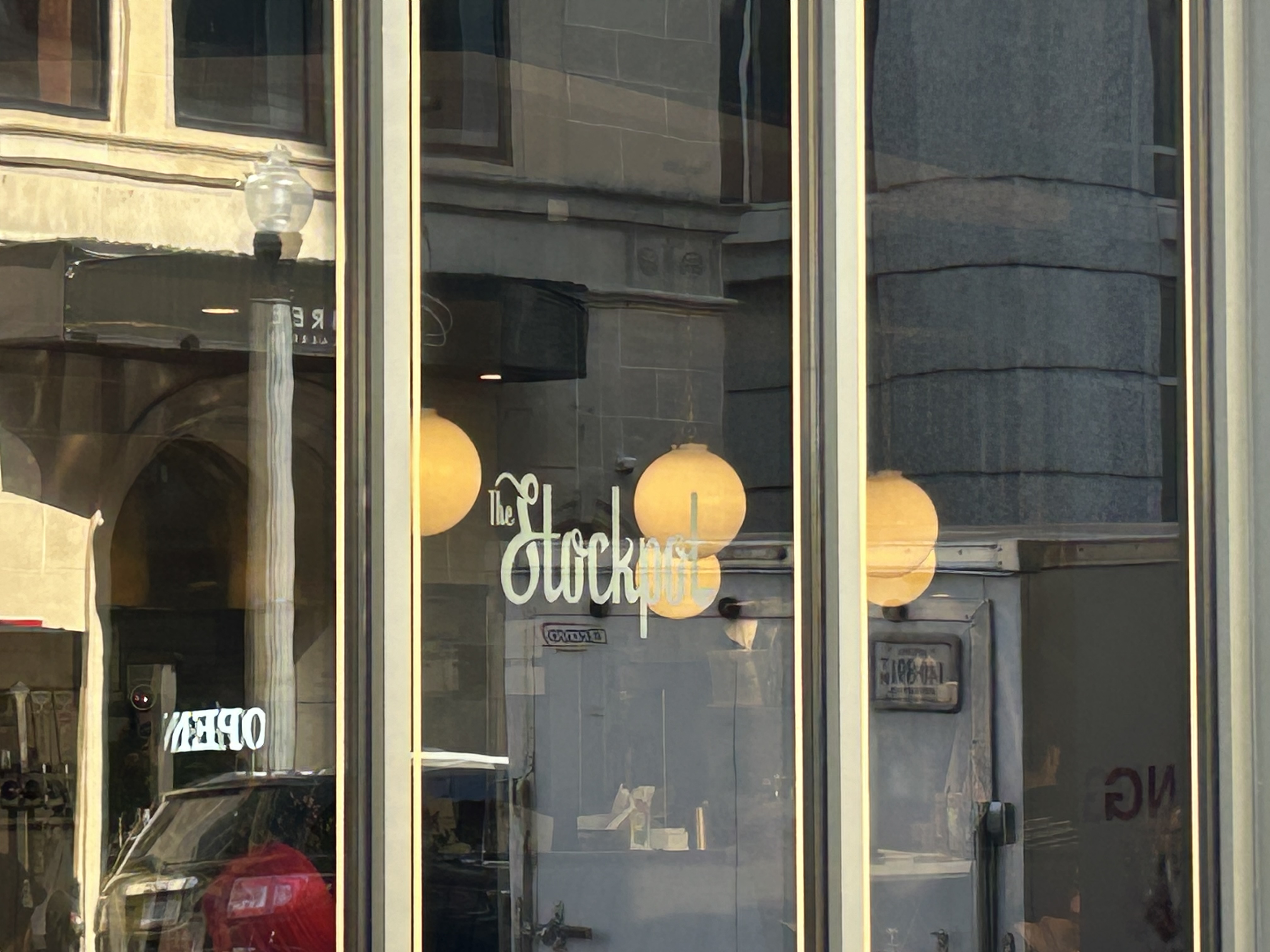SOUTHAMPTON COUNTY, Va. (WAVY) — It was the beginning of the end of slavery in the United States, a bloody insurrection led by an African American in Southampton County, Virginia, 30 years before the Civil War.
It began with visions of battle interpreted as a message from God, in a land where two out of five people were owned by someone else. Nat Turner and his fellow slaves had had enough.
“Everyone’s at a boiling point,” said local historian John Quarstein. “And that boiling point begins here.”
Nat Turner, a self-proclaimed preacher, and his followers made their mark in American history on the night of August 21, 1831. That’s when Turner and his followers went on a killing spree against white slave owners.
“Nat Turner killed children. Nat Turner killed women. Nat Turner was indiscriminate in a brutal way of trying to spread fear throughout the county.”
But in Turner’s mind, it was a fight for freedom, which is why historians in Southampton County are trying to preserve what’s left of that August night.
The Rebecca Vaughan house now stands just outside Courtland. Vaughn was one of the last slave owners killed by Turner’s men.
Quarstein took us through the partially restored house, and described Vaughn’s last moments, as Turner’s men arrived at the homestead and took a little too long to say one final prayer.
“And so they rushed upstairs, and Will Francis was known as ‘the executioner’ cleft her in two with an ax.”
It was the end of a 20-mile ride, in which 58 whites were murdered. Twice as many African Americans were later executed without trial.
Turner himself would be hanged for starting the insurrection.
Bruce Turner, Nat Turner’s great great great grandson, views what happened in this these hills as a battle for basic human rights.
“Nat Turner saw it as something wrong. He decided to do something about it. It was horrific. It created a lot of pain for both sides, and he paid the price for it.”
So did the Francis family, who lost 17 members that night in 1831. But Jeff Francis is rebuilding the house where another slave, named Red, saved his great great great grandmother, and his family tree. He walked us up newly-built steps to a freshly walled room and a tiny corner hiding place that saved his family tree.
“Red came and grabbed Levenia up and put her in this cubbyhole, put a bunch of quilts, blankets and all in front of her. And the insurrectionists came up through the house, and they never found her. So that’s what saved our entire family.
Jeff’s brother Rick is the Southampton County Circuit Court Clerk. He showed us the actual sword used by Turner during the rebellion, and hopes it will be displayed at the Rebecca Vaughn house when it’s finished. Francis says Turner lit the fuse of revolution with a cosmic vision, but in the end, Francis says it was a basic human need that motivated the uprising.
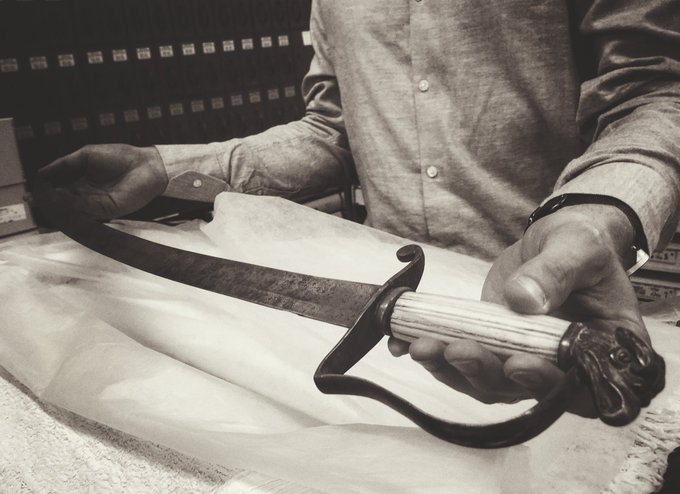
“They were driven by the desire to be free. Religion was not part of their decision, other than Nat Turner being able to envelop them through this preaching and through his charisma.”
Months after the insurrection, lawmakers debated ending slavery in Virginia, but to no avail. The Civil War would come later.
The Southampton County Historical Society is renovating the Rebecca Vaughan house and wants to develop an app that would let users retrace Nat Turner’s steps to preserve this chapter in the fight to free African Americans.
“He was determined that not only he would get freedom, but that all slaves should get it.”
Bruce Turner says that fight led to his great great great grandfather paying the ultimate price. He only achieved freedom by dying.
“Because when he died, he was owned by no one. So in essence Nat did die a free man.”












































































